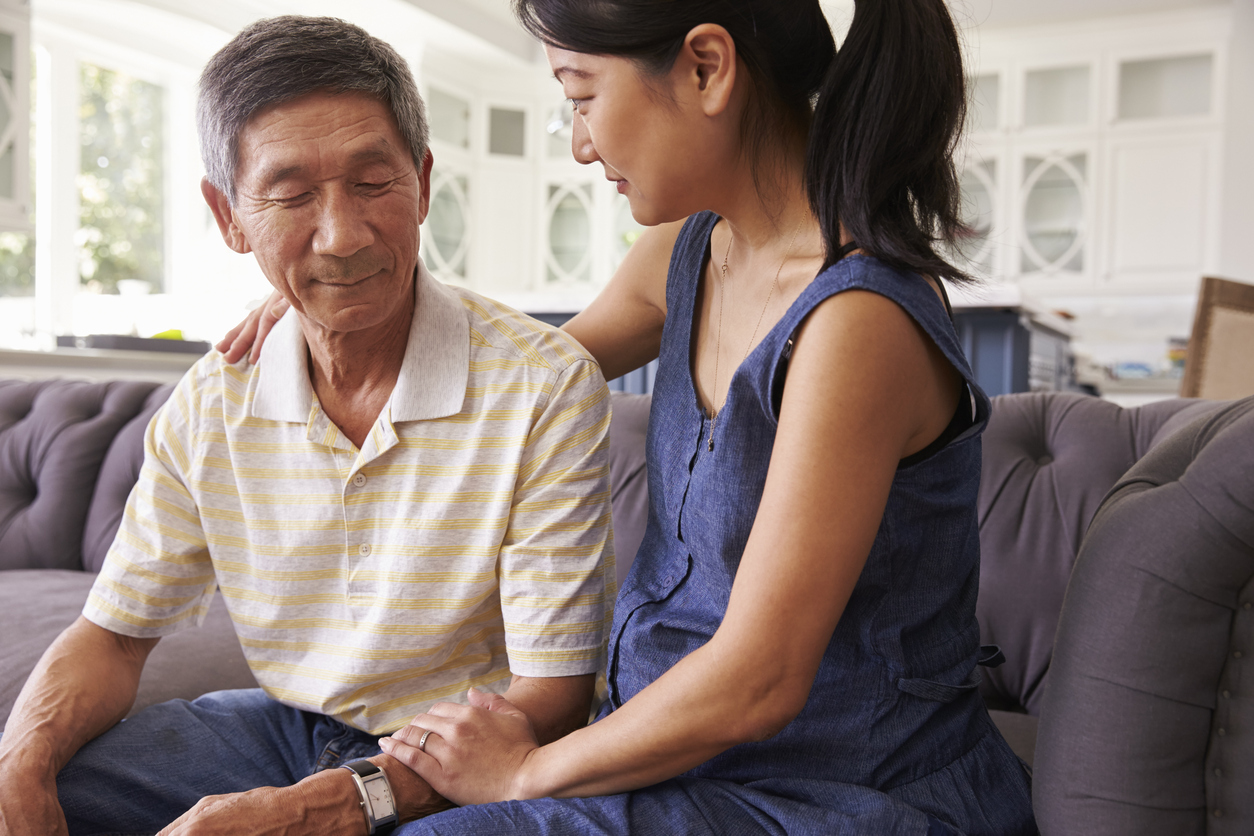For older adults, the risk of falling is very real. In fact, nearly 20% of older adults in Canada who live at home reported at least one fall in 2008/2009, while over 250,000 reported an injury related to falls in 2009/2010 (1).
There are many reasons why older adults fall, including chronic conditions, balance problems, poor vision, cognitive impairment, side effects from medications, improper footwear, and previous falls. With so many factors threatening to knock older adults off their feet, the fear of falling is no laughing matter. Fortunately, there are things you can do to keep your feet safely on the ground. Exercise, for example, is well known to prevent falls in long-term care homes (2;3). But what can exercise do for the 92% of older adults in Canada living independently in the community (4)?
What the research tells us
It turns out that exercise – alone or in combination with other strategies – can help reduce the chance that older adults living in the community will fall (4;5).
One systematic review found that exercise alone – carried out 3 times per week for about 12 months– may lower the risk of falls generally, and specifically falls that lead to injuries. Most studies evaluated strategies focused on improving walking speed, balance, and muscle strength. Beneficial exercises included tai chi, resistance training, and exercises aimed at improving flexibility. While exercise was sometimes associated with minor pain, bruising, or fall-related injuries/fractures, it did not increase the risk of serious injuries (5).
Another systematic review and meta analysis also showed that exercise alone or combined with other strategies prevented falls (6;7), and particularly falls leading to injuries. Strategies such as orthotics, hip protectors, patient quality improvement initiatives (i.e. self-management, education), and environmental assessment and modification activities, when combined with exercise, were all found to reduce the risk of experiencing a fall. More so, the risk of more serious falls leading to injury was reduced when exercise was combined with vision tests and treatment, and when these two strategies were combined with efforts to eliminate risk factors from one’s environment. Unfortunately, the results of the review also indicated that exercise combined with certain strategies could lead to an increased risk of falling, as well as increased risk of an injury as a result of a fall. This heightened risk in some individuals could stem from their increased ability to move around as a result of exercising, however, any risk should be balanced with the need to improve mobility (6).
For older adults still living at home, falling should not be considered inevitable. There are many things you can do to keep your feet firmly planted on the ground. Exercise may be an excellent option, but you should speak with your health care provider, and consider your own values and preferences, when deciding which strategy is best for you.






